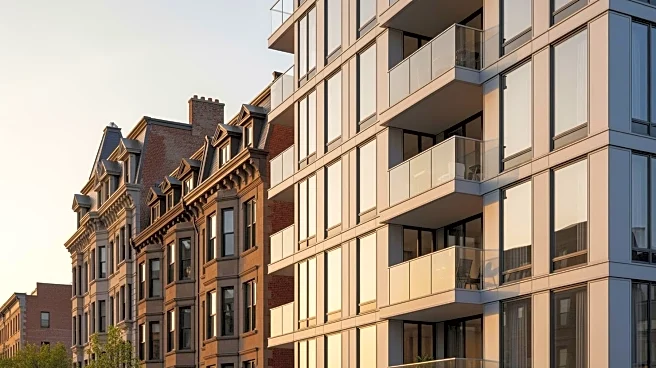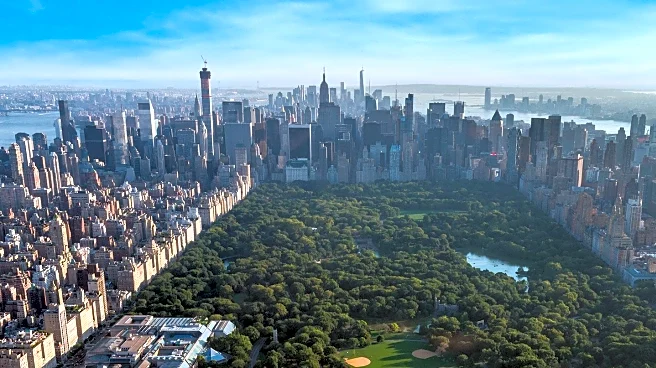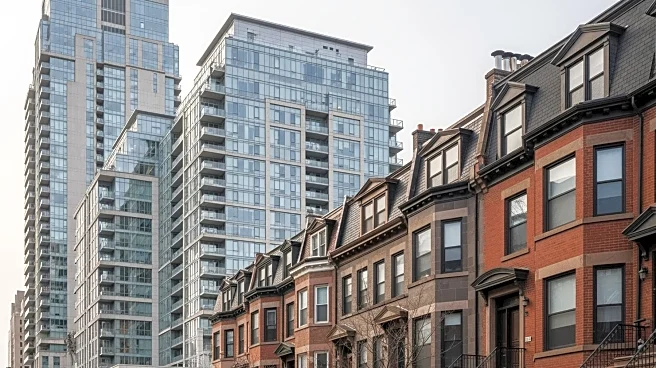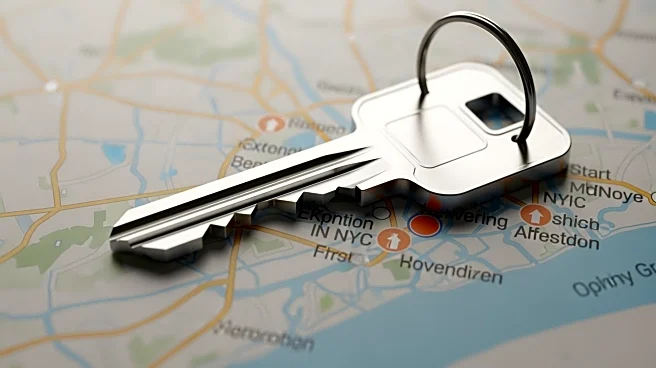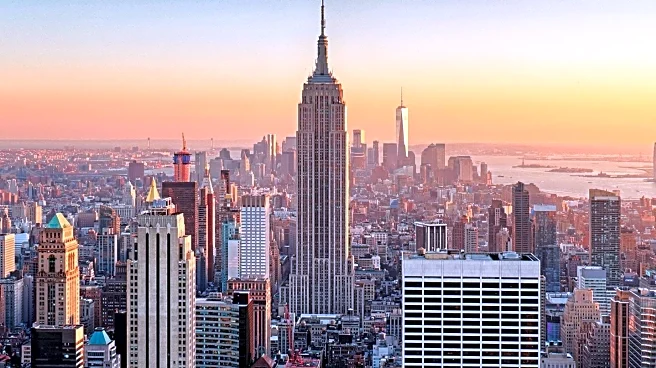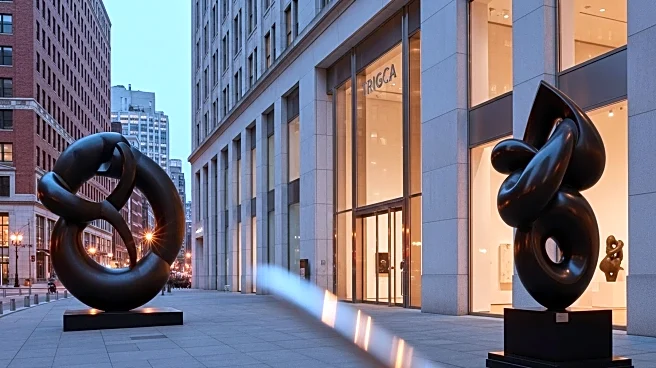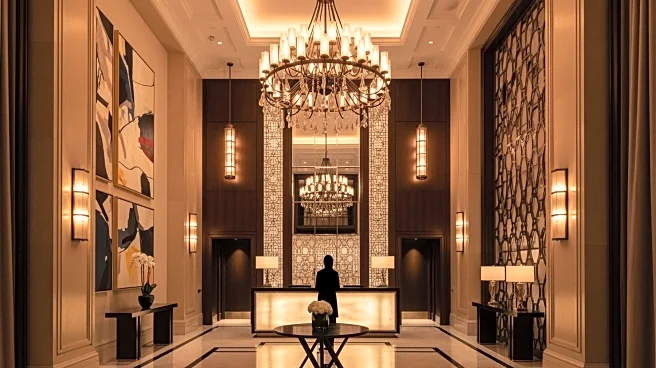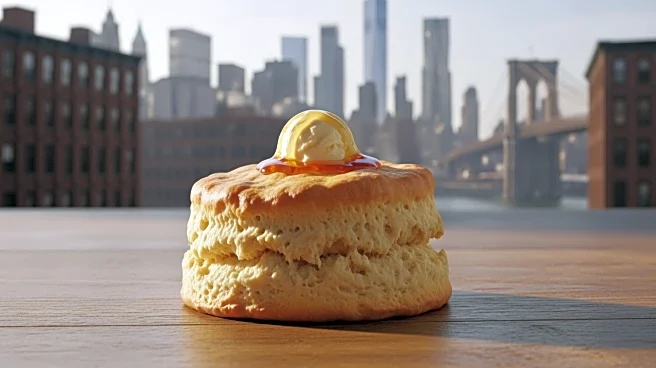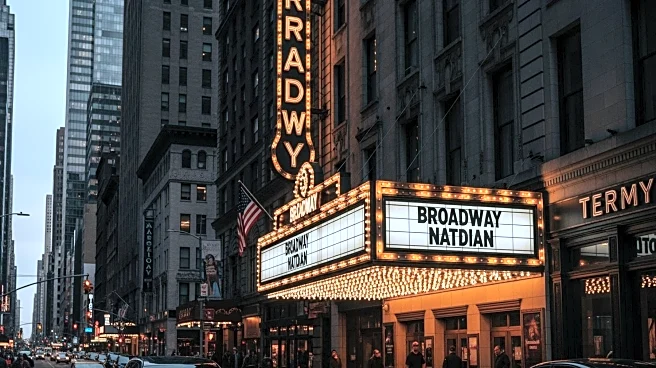What's Happening?
Jersey City is experiencing a significant real estate boom, with its population increasing by over 20% between 2010 and 2024. This growth is largely driven by the city's affordable luxury condos compared
to Brooklyn, which has seen its median sales price surpass $1 million for the first time. Jersey City offers more space and value for money, with buyers getting approximately 1,824 square feet per $1 million, compared to Brooklyn's $1,600 to $1,800 per square foot. Despite higher property taxes in New Jersey, the absence of New York City's municipal income tax provides financial relief for homeowners. The trend is leading many families to cash in their condo equity and move to suburban areas within New Jersey, seeking more space and community feel without losing access to Manhattan.
Why It's Important?
The real estate dynamics between Jersey City and Brooklyn highlight shifting preferences among homebuyers, particularly young professionals and first-time buyers. Jersey City's competitive pricing and proximity to Manhattan make it an attractive alternative to Brooklyn, which has become increasingly expensive. This shift is not only impacting the local housing market but also contributing to the growth of suburban areas in New Jersey. As more families opt for suburban living, the demand for homes in these areas is rising, potentially driving up prices and reshaping the real estate landscape in the region. The trend underscores the importance of affordability and space in homebuying decisions, influencing urban planning and development strategies.
What's Next?
As Jersey City continues to attract buyers from Manhattan and Brooklyn, the city's real estate market is expected to remain robust. The ripple effect of this trend is likely to further stimulate the suburban New Jersey market, with areas like Ridgewood, Montclair, and Glen Rock becoming increasingly popular. Real estate developers and policymakers may need to address the growing demand for housing and infrastructure in these suburbs. Additionally, the competitive pricing and lifestyle offerings in Jersey City could prompt further investment in residential developments, enhancing the city's appeal as a viable alternative to Brooklyn.
Beyond the Headlines
The shift from Brooklyn to Jersey City reflects broader economic and cultural trends, including the desire for more space and community-oriented living. This movement may influence urban development policies, encouraging cities to prioritize affordable housing and sustainable growth. The trend also highlights the impact of remote work and changing lifestyle preferences, as more individuals seek homes that offer both urban convenience and suburban tranquility. As Jersey City continues to evolve, it may serve as a model for other cities facing similar housing challenges.
